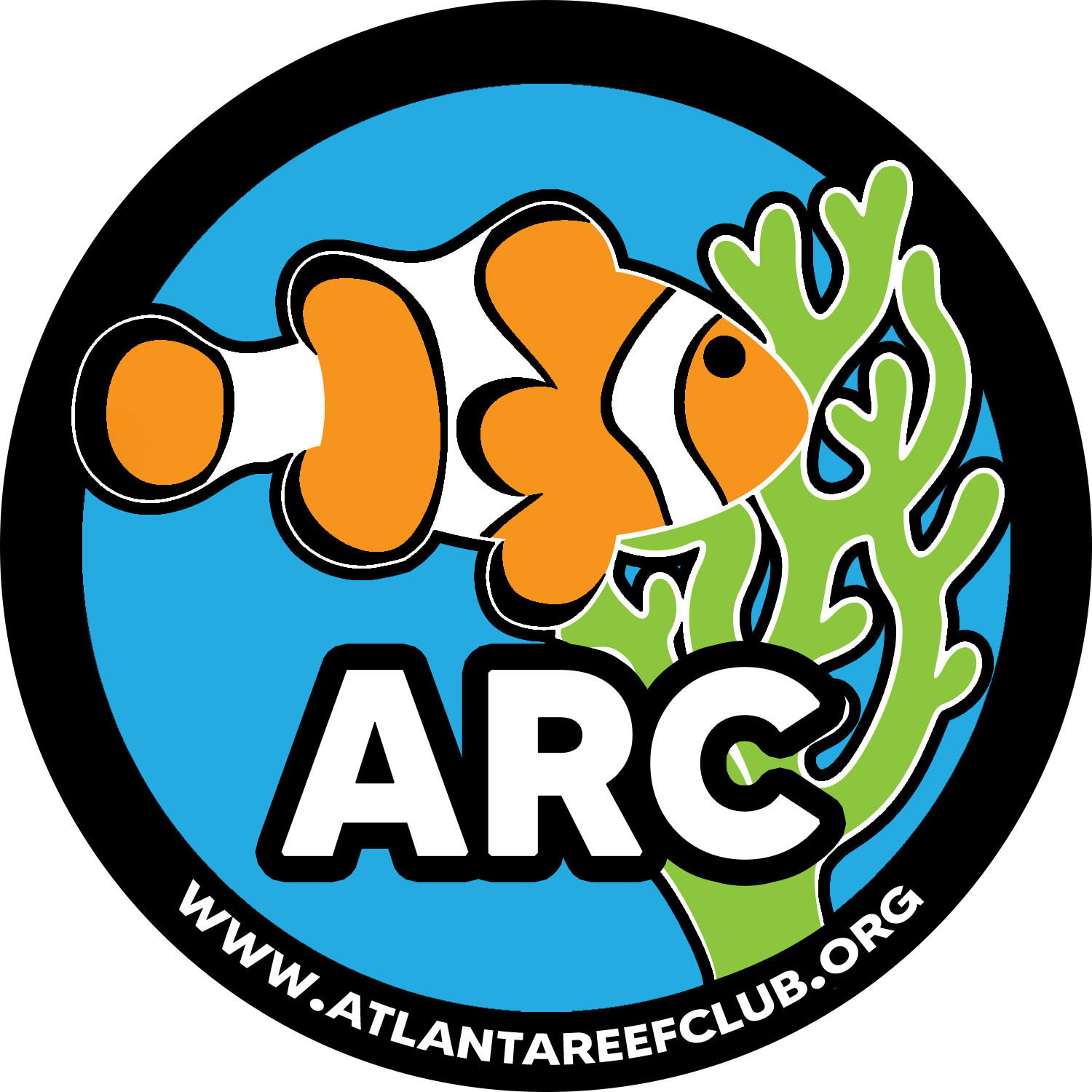While researching carbon dosing, I recently came across this text and was reminded of how much I have forgotten since school. It turns out that 50% of the dry weight of bacteria is carbon! Most bacteria cannot obtain carbon themselves, so require an organic source.
We don't add any in our salt, water or even food. The labels on my foods only mention protein, fats, fiber & moisture. No carbohydrate, which is a form of organic carbon.
As many of you know, carbon dosing using small amounts of vodka, sugar, vinegar, etc. is gaining in popularity, and the results on corals can be stunning!
Since bacteria are at the base of the food web in the ocean, I think it is important to not only understand their needs, but to provide for them as well. Carbon dosing does just that.
Without supplementing, carbon is a 'limiting factor' and most bacteria will not thrive in our systems. That effect trickles 'up' the food chain, IMO, causing us to exert great effort to sustain life in an aquarium.
Here is the link- http://www.textbookofbacteriology.net/nutgro.html">http://www.textbookofbacteriology.net/nutgro.html</a>
(there are also 5 additional pages, see bottom of the page)
Thoughts?
We don't add any in our salt, water or even food. The labels on my foods only mention protein, fats, fiber & moisture. No carbohydrate, which is a form of organic carbon.
As many of you know, carbon dosing using small amounts of vodka, sugar, vinegar, etc. is gaining in popularity, and the results on corals can be stunning!
Since bacteria are at the base of the food web in the ocean, I think it is important to not only understand their needs, but to provide for them as well. Carbon dosing does just that.
Without supplementing, carbon is a 'limiting factor' and most bacteria will not thrive in our systems. That effect trickles 'up' the food chain, IMO, causing us to exert great effort to sustain life in an aquarium.
Here is the link- http://www.textbookofbacteriology.net/nutgro.html">http://www.textbookofbacteriology.net/nutgro.html</a>
(there are also 5 additional pages, see bottom of the page)
Thoughts?
